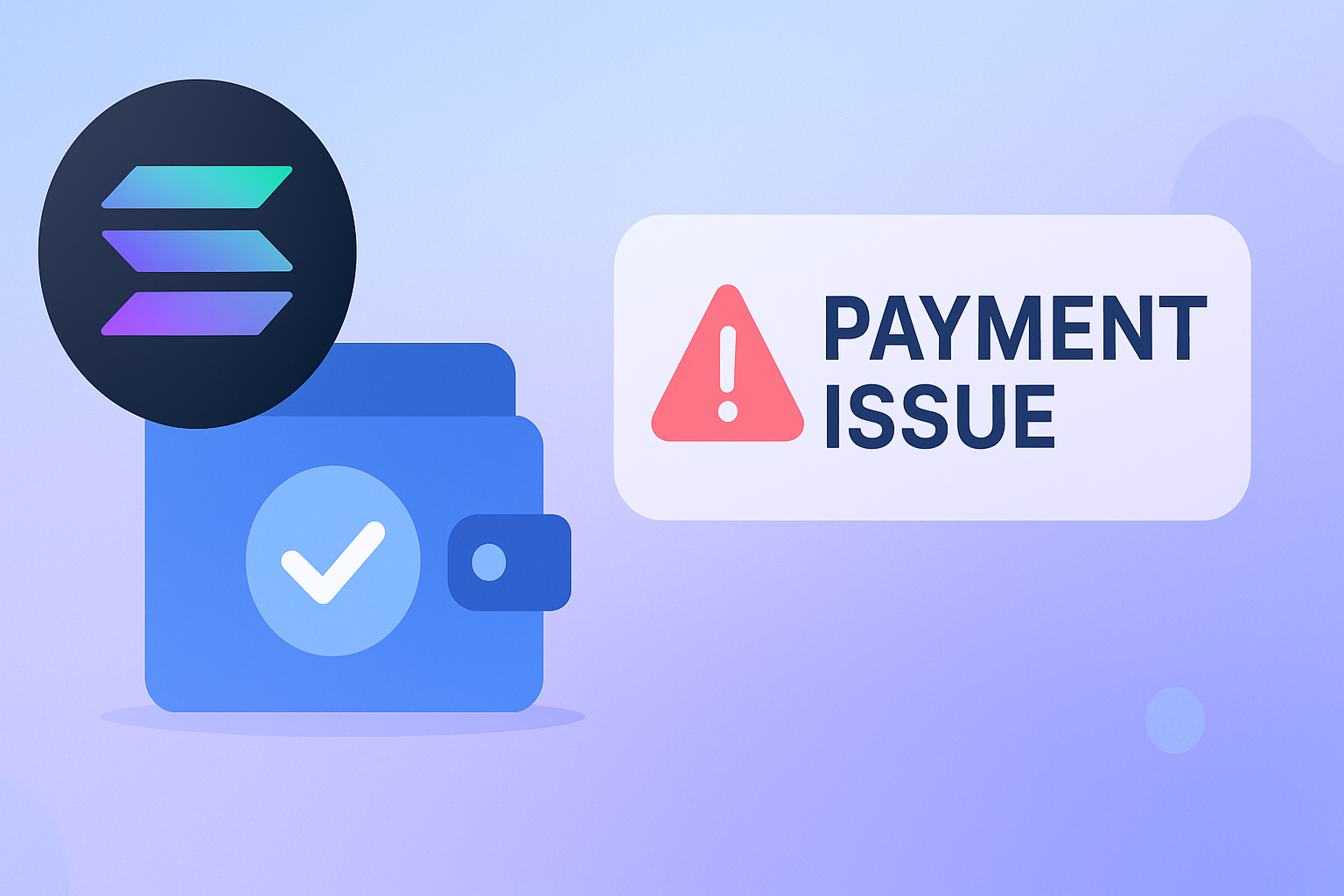In the fast-evolving world of the internet, privacy has become one of the most talked-about topics. One term that frequently pops up in these discussions is "browser fingerprinting." But what is it, and how is it used in online tracking? Let’s dive into this fascinating yet somewhat unsettling concept.
Understanding Browser Fingerprinting
Browser fingerprinting is a method used to collect information about your device and browser configuration. Think of it as leaving unique traces while browsing online. This “fingerprint” is created by collecting various data points such as your browser version, operating system, screen resolution, installed fonts, active plugins, timezone, and even your hardware specifications.
When combined, these seemingly innocuous details form a unique identifier that can often distinguish you from other users even if you’re using privacy tools like VPNs or clearing cookies regularly.
How Does It Work?
Website scripts are the main tools for browser fingerprinting. When you visit a website, the site can run scripts that retrieve all sorts of information about your setup. For example:
-
HTTP headers: These include details about your browser type, preferred languages, and device type.
-
JavaScript APIs: Scripts can determine your screen dimensions, system fonts, and even graphics card information using the HTML5 canvas element.
-
WebGL Rendering: This technique examines how your system processes 3D graphics, which is surprisingly unique across devices.
All of this data is aggregated into a profile “fingerprint” that can identify you the next time you visit.
How is Browser Fingerprinting Used?
1. Online Tracking
Companies and advertisers love browser fingerprinting because it’s a reliable way to track users without needing cookies or other storage-based methods. If you’ve ever wondered how ads follow you across the web, fingerprinting might be playing a role. It allows companies to link your browsing habits across sessions and devices, enabling hyper-personalized advertising.
2. Fraud Prevention
Banks and online services use browser fingerprinting to detect potential fraud. If a login attempt comes from a fingerprint that’s vastly different from usual, they may flag it as suspicious and request additional verification.
3. Content Personalization
Streaming platforms and e-commerce sites use fingerprinting to tailor content or recommendations. For example, they might offer different homepage designs or prioritize certain features based on your detected browser and device.
Should You Be Concerned?
The short answer: it depends on how comfortable you are with being tracked. Unlike cookies, which are relatively easy to delete, browser fingerprints persist as long as your device setup remains the same. This makes them a powerful tool for trackingbut also a potential invasion of privacy.
How to Protect Yourself from Fingerprinting
While it’s tough to become completely “untraceable” online, here are some steps you can take to reduce your exposure:
-
Use Anti-Tracking Browsers: Tools like Firefox or Brave come with built-in features to combat fingerprinting.
-
Enable Browser Extensions: Extensions like Privacy Badger, uBlock Origin, or NoScript block scripts that attempt to fingerprint you.
-
Use Anti-Detect Browsers: Tools like GridPanel’s anti-detect browser help anonymize your fingerprints.
-
Avoid Plugins: Limiting or removing unnecessary browser plugins reduces the data points available for fingerprinting.
How Mobile Proxies Can Help
Mobile proxies provide another layer of protection against browser fingerprinting by routing your internet traffic through a mobile device's IP address. Here’s how they can help:
-
Frequent IP Rotation: Mobile proxies often rotate IP addresses, making it much harder for tracking scripts to consistently associate your activities with a single fingerprint.
-
Device Masking: Since mobile proxies mimic real mobile device traffic, they add a layer of authenticity that can confuse fingerprinting tools.
-
Geo-Location Flexibility: Mobile proxies allow you to select different geographic locations, making it appear as if your requests are coming from various regions. This adds another layer of anonymity.
-
Avoiding Suspicious Patterns: Many websites regard mobile IPs as less suspicious compared to datacenter IPs. This helps reduce the chances of being flagged or tracked extensively.
When combined with privacy-focused browsers and anti-tracking measures, mobile proxies can significantly enhance your ability to maintain online anonymity.
The Bottom Line
Browser fingerprinting is a double-edged sword. On one hand, it supports legitimate uses like fraud prevention and personalized experiences. On the other hand, it’s a sophisticated tracking tool that raises valid privacy concerns.
Understanding how fingerprinting works and taking steps to mitigate it can help you regain some control over your online privacy. As technology advances, it’s more important than ever to stay informed about these behind-the-scenes processes because the only way to protect yourself is to know they exist.





